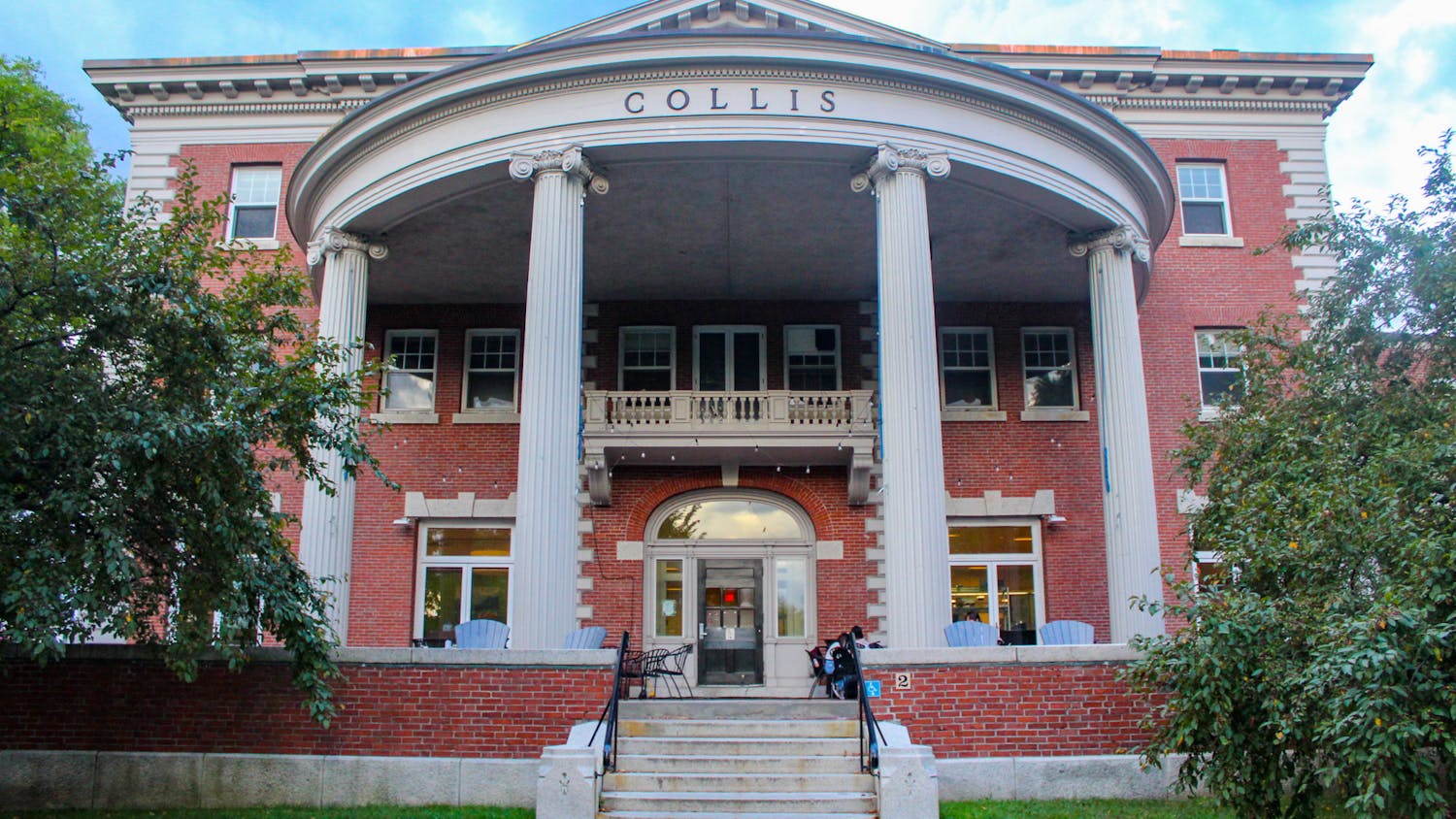The Environmental Protection Agency has awarded a $797,000 grant for a team of researchers to look at public opinion relating to environmental policy in the Great Bay watershed on the New Hampshire coast. The grant went to five researchers, including Dartmouth environmental studies professor Richard Howarth and biology professor Celia Chen.
The research project will examine what trade-offs the public is willing to make for higher water quality in the Great Bay area.
“It’s about how we strike the right balance between economic values and environmental values,” Howarth said.
The principal investigators for the project are Howarth and former Thayer School of Engineering professor Mark Borsuk, now at Duke University. The project also includes former environmental studies postdoctoral candidate Georgia Mavrommati, now at the University of Massachusetts, Boston, and Plymouth State University environmental science professor Shannon Rogers ’04, who works with Chen at the Geisel School of Medicine’s Toxic Metals Superfund project.
The project will examine the watershed using both physical and social science. The physical science aspects of the project includes analysis of how the flow and quality of water in streams is affected by land use and management. The researchers will also rely on biophysical monitoring, which involves using biological indicators to predict how much changes in water quality affect people.
The water quality in the watershed has already been affected by excessive levels of certain chemicals such as nitrogen.
One main source of nitrogen pollution is from wastewater treatment facilities. “Non-point source” pollution, like stormwater run-off from fertilized lawns, is also significant but can be harder to track. About 30 percent of the nitrogen pollution comes from air pollution.
The social science aspects of the project include deliberative multi-criteria analysis, which is an alternative research method economists use to assign the environment monetary values. Instead of relying on individual surveys, which can be biased, the researchers use groups of people to gauge public opinion. Workshop participants reach a consensus on what they want in environmental policy after listening to evidence presented by experts.
Part of the Great Bay research will look at differences between the results of the surveys and deliberative multi-criteria analysis workshops.
“Society has to make decisions about how to commit resources for environmental protection, and those decisions have to be informed by science and by people’s considered values at the community level about what’s important,” Howarth said.
The project involves researchers from at least four different schools.
Howarth said that collaboration between multiple schools can be a necessity for interdisciplinary projects and that Dartmouth is particularly good at cross-school interdisciplinary work. Dartmouth’s small size also means that researchers often have to reach out across departments to get things done, he added.
Even though the research involves scholars at multiple schools, the project still remains Dartmouth-centric.
On a practical level, most of the potential changes in environmental policy that would be discussed in the workshops concern land use in the Great Bay area. For instance, researchers must determine if a real estate development be allowed under local zoning and planning laws, taking into account the environmental impact. However, federal and state governments are also involved with environmental policy.
In fact, a majority of funding that the environmental studies programs receives comes from the federal government, Howarth said. The EPA, the National Science Foundation, the Department of Agriculture and the U.S. Forest Service are all federal organizations that help fund environmental research at Dartmouth.
However, not all the money in a grant award directly funds the research. Howarth estimated that 60 cents for every dollar spent directly on research will go to the College to support facilities and other costs.
Once the award has been divided amongst the five recipients and a portion of the money has gone to those indirect costs, part of Rogers’ funding also goes toward the tuition of graduate students with whom she works.
“It’s amazing how fast a grant gets eaten up,” Rogers said.
The idea for the project first came up at a meeting with researchers from the University of New Hampshire.
Howarth then considered how the project might fit with the existing mission of the EPA and its programs.
“What’s particularly interesting to them [the EPA] is developing a framework and a toolkit that can be applied to thinking through the value of environmental policies,” Howarth said.
The EPA had a request for research proposals relating to small streams and tributaries, Rogers said.
A proposal by Dartmouth researchers for their specific project was written in December 2015 with the help of Mavrommati, then a postdoctoral fellow at Dartmouth who had conducted her own citizen workshops regarding the Upper Merrimack River. The researchers were told they received the grant award this past summer.
Since then, Rogers has already started doing background research on issues with water quality in the Great Bay with assistance from graduate students at Plymouth State University. The workshops will probably take place next fall, followed by a large household survey.
Chen was unavailable for comment due to leading a Foreign Study Program.
Correction appended (Feb. 28, 2017):
An earlier version of this article states that Shannon Rogers '04 has begun researching water quality in the Great Bay with assistance from graduate students at the University of New Hampshire. In fact, the graduate students are from Plymouth State University.



